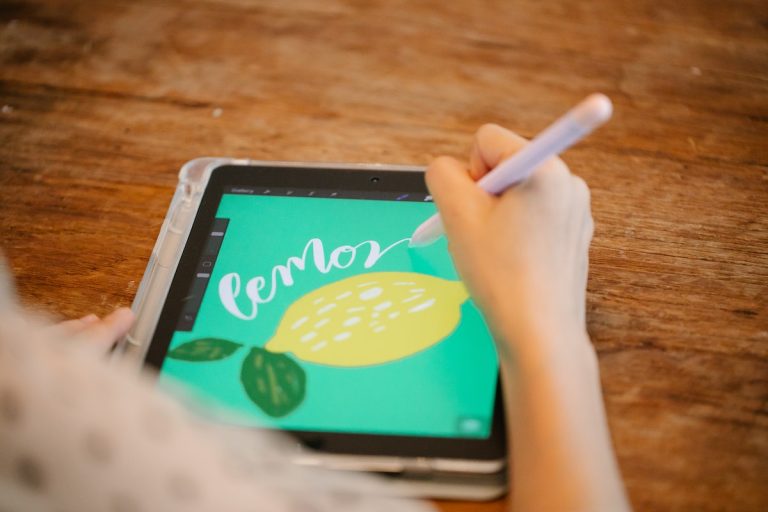Whether you are an artist, a photography enthusiast, a commercial photographer, or a photojournalist, knowing the basics of photography is crucial. Such basic information one needs to know is the kind of camera one needs to use.
In the beginning, digital cameras were only considered gadgets for amateurs. However, in 2001, The New York Times wrote an article about professionals’ shift to digital photography. Though most professionals still preferred using film during that time, they used digital cameras for specific situations.
Photojournalists, for example, used digital photography for the speed of delivery. These professionals found LCD screens of digital cameras helpful in interacting with the people they photograph. At the same time, they can easily preview the shots they got from the screens.
However, even with the convenience digital cameras bring, some still stick to film photography.
Film Photography
Time makes a list of the best film cameras available today. It includes the Pentax K1000, a fully manual camera great for budding photographers, and the Leica M6, also known as Rolex of cameras. These cameras have one thing in common: they all need film rolls to take photos.
Popular film brands that exist are Kodak and Fujifilm.
Photographers and film enthusiasts love Kodak films for their vibrant colors and excellent range. Experts who value vibrant colors for specific situations, including portrait photographers or professional wedding photographers, prefer using Kodak’s Professional Porta Series for the stunning photos it produces. On the other hand, Fujifilm film stocks are excellent for outdoor shooting with green and blue tones.
Why Use Film?
The use of film can produce unexpected results; it can be either good or bad. You’re not always sure of the final photo you will get, but that is the beauty of using film. With a limited film roll, your shots need to be more intentional. Moreover, film photography gives a certain element of surprise that digital cannot simply give.
Film cameras have a dynamic ranger that captures details that digital cameras cannot capture. When it comes to exposure and focusing issues, film is said to be more forgiving.
Professionals like using film because it results in higher-resolution photos. This is why film is considered future-proof; it will never go out of style. Photo lab scans can scan film photos into a shareable, digital form for those who like posting on social media.
Digital Photography

Digital photography is essentially photography that does not use film. Capturing photos using your camera is a form of digital photography. For most, digital photography is a more affordable and convenient option to take, edit, and store images.
In the beginning, film cameras used to be cheaper. However, digital camera and software prices dramatically dropped and became readily available for everybody as years went on. With a few buttons, people can easily edit and fine-tune images. It can also inspire more creativity using different editing applications that no photographer can do using film photography. All these can come at very minimal costs.
Education and Career
Most universities now offer digital photography courses, including the use of digital imaging software and studio lighting. Such universities offering photography courses are the University of Central Florida and New York University. Those who graduate from digital photography can work in various fields like advertising, fashion, and photojournalism; aerial and water photography can be an option, too.
Why Digital?
CNET shares the best digital cameras of 2020. It lists Nikon D750 and Sony A7R II as the best when it comes to image quality. The latest versions of digital cameras are improving, and some point-and-shoot cameras are good enough to produce high-resolution images. So much so that you can use these photos for large prints.
Most digital cameras nowadays are lighter and more compact than film cameras. They don’t need to use film rolls; instead, digital cameras only need small memory cars to store huge amounts of images. Moreover, people can find instant gratification in seeing the captured images immediately.
Additionally, users of digital cameras can easily edit photos and only select the images they like; you cannot simply do this with film-shot images. Also, digital cameras have built-in filters that can come close to images shot through film.
It saves professional photographers from losing their jobs too. They do not have to worry about failing in developing films and getting late in submitting for deadlines. Hobbyists, on the other hand, can produce professional-looking images with the use of editing applications.
Both film and digital cameras have their benefits, and people have the freedom to choose which one to use. However, sometimes, it is not about the camera one uses but how you use your equipment. Knowing how to use either digital or film cameras is the best way to produce the best images.







